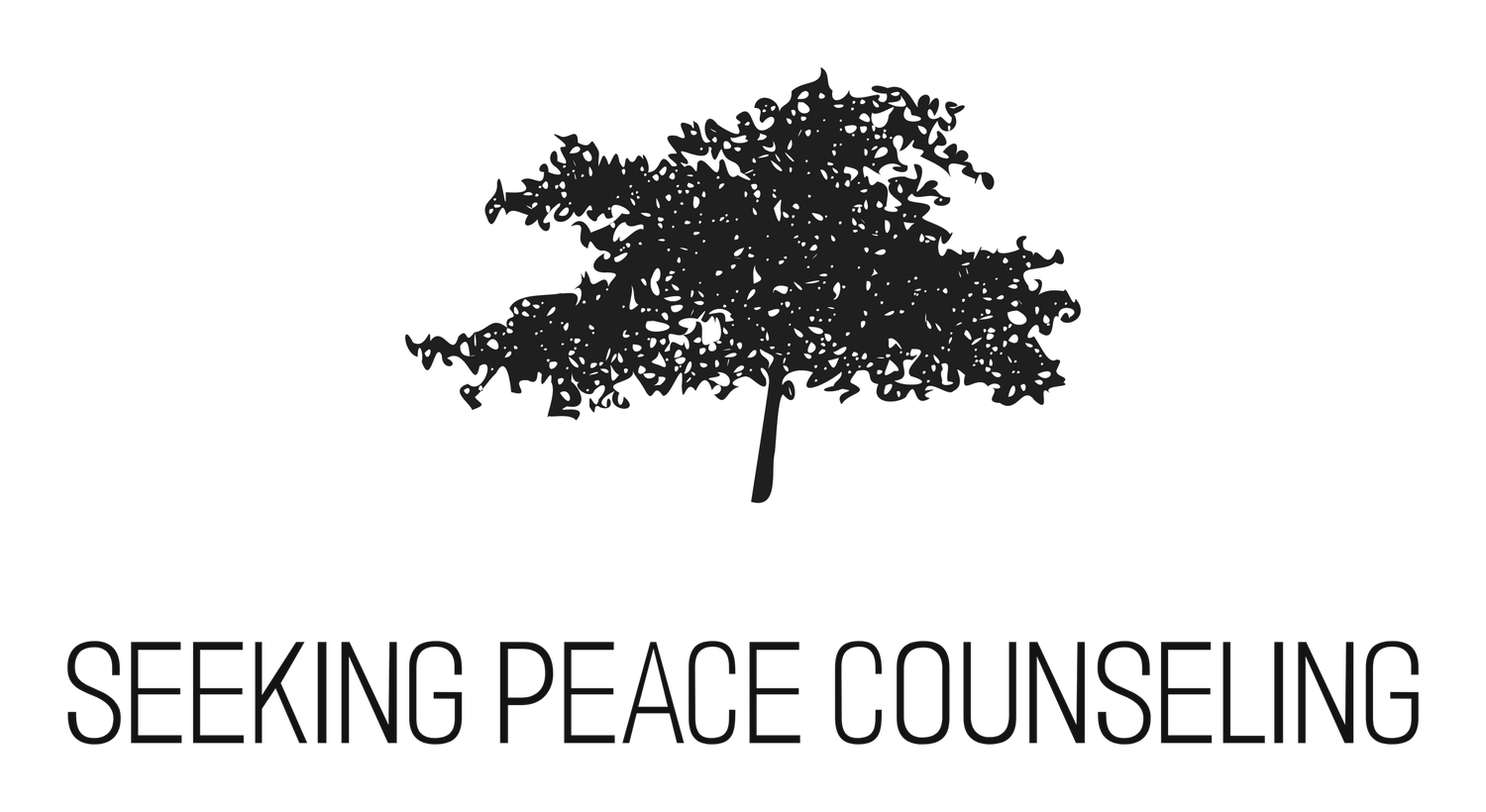Healing the Pain That Haunts You
Therapy for Trauma & PTSD in Oklahoma

Healing Happens Together
Healing From Trauma & Post Traumatic Stress Disorder (PTSD)
When the Past Won’t Stay in the Past
Trauma has a way of showing up uninvited—intruding on your thoughts, relationships, and even your body. Maybe it’s nightmares, sudden panic, or the relentless feeling that you’re not safe. Maybe it’s the exhaustion of carrying secrets you never asked for. Whatever it looks like for you, just know: you are not broken, and you are not alone.
Understanding Trauma & PTSD
Trauma isn’t just about what happened—it’s about how your nervous system responded to it and how it continues to affect your life. Trauma can be a single overwhelming event (like an assault, accident, or natural disaster) or chronic and complex (like childhood abuse, neglect, or living in an unsafe environment).
How Trauma Affects the Brain & Body
When we experience trauma, our brain’s alarm system (the amygdala) goes into survival mode. The rational part of the brain (the prefrontal cortex) shuts down, making it hard to think clearly. Meanwhile, the body stores the trauma, keeping us stuck in fight, flight, freeze, or fawn responses—even long after the danger is gone.
Fight – Anger, irritability, aggression, a need to be in control
Flight – Anxiety, panic, perfectionism, feeling like you can never stop moving
Freeze – Numbness, dissociation, avoidance, feeling “checked out”
Fawn – People-pleasing, struggling with boundaries, prioritizing others over yourself
These responses aren’t choices—they are deeply wired survival instincts. If you’ve ever wondered, “Why can’t I just move on?” — it’s not because you’re weak. Your brain and body are still trying to protect you.
Common Symptoms of PTSD & Trauma Responses
PTSD and trauma-related struggles can show up in many ways, including:
Emotional & Psychological Symptoms
Flashbacks, nightmares, or intrusive memories
Intense shame, guilt, or self-blame
Feeling disconnected from reality (derealization) or yourself (depersonalization)
Difficulty trusting others or feeling emotionally numb
Persistent feelings of sadness, hopelessness, or anger
Physical & Nervous System Symptoms
Chronic fatigue, muscle tension, headaches, or stomach issues
Hypervigilance—always on edge, scanning for danger
Trouble sleeping or sudden jolts awake
Difficulty breathing or sudden panic attacks
A sense of being trapped in your own body
Behavioral & Relationship Patterns
Avoiding reminders of the trauma (places, people, certain topics)
Engaging in self-harm or substance use to cope
Feeling unworthy of love or pushing people away
Over-explaining, over-apologizing, or feeling responsible for others’ emotions
Struggling with intimacy, boundaries, or feeling safe in relationships
Why PTSD & Trauma Responses Feel So Stubborn
Trauma isn’t just a bad memory—it actually rewires the brain. The body learns that the world is unsafe, and those patterns of fear and hypervigilance stick around, even if you logically know you’re no longer in danger.
But here’s the good news: the brain is capable of healing. Through trauma-informed therapy, you can retrain your nervous system, release the weight of the past, and feel safe again. Healing doesn’t mean forgetting—it means gaining control over your life instead of trauma controlling you.
How Trauma Therapy Can Help
Healing from trauma isn’t about “getting over it.” It’s about learning to feel safe, understood, and in control of your healing process. I provide a structured, trauma-informed approach that emphasizes building safety first, allowing you to heal at a pace that feels manageable.
My Approach to Trauma Therapy
I integrate evidence-based methods to help you process trauma in a way that feels safe and empowering:
EMDR (Eye Movement Desensitization and Reprocessing) – Helps reprocess distressing memories so they lose their emotional intensity, reducing flashbacks and intrusive thoughts.
Somatic Therapy – Focuses on the body’s stored trauma, using grounding exercises and body awareness techniques to help release tension and stress.
Parts Work – Helps you understand and work with different parts of yourself that may hold pain, fear, or self-judgment, fostering self-compassion and integration.
Mindfulness & Regulation Techniques – Teaches ways to calm the nervous system, manage distress, and develop a sense of present-moment safety.
Pacing & Consent in Therapy – You are always in control of your healing process. We go at your pace, ensuring that you feel comfortable and supported every step of the way.
Building Safety First
Many survivors worry that trauma therapy will feel overwhelming or retraumatizing. My approach is centered on creating a sense of safety first before diving into processing difficult memories. Together, we will:
Develop coping skills to help regulate emotions before revisiting past experiences.
Establish a sense of stability and security in sessions.
Strengthen your ability to stay present and grounded even when discussing painful topics.
Ensure that you feel in control of the process—nothing is forced or rushed.
Healing from trauma is a journey, and you don’t have to do it alone. The goal is not just to "move on" but to build a life where you feel safe, connected, and at peace within yourself.
Start Your Healing Journey
Trauma may have shaped your past, but it doesn’t have to define your future. If you’re ready to start healing, let’s talk.

